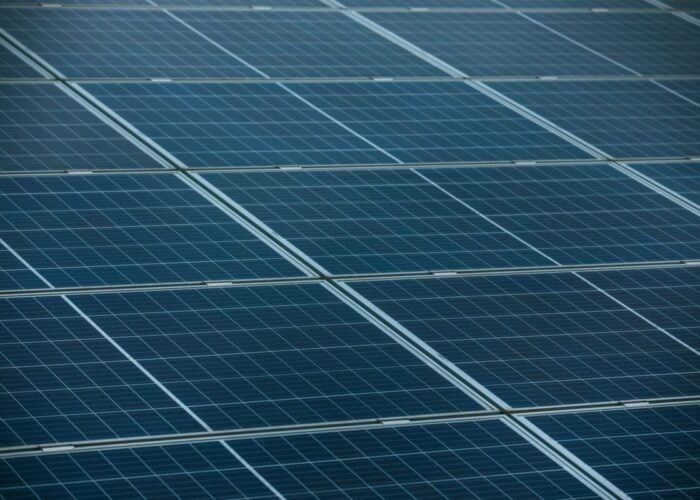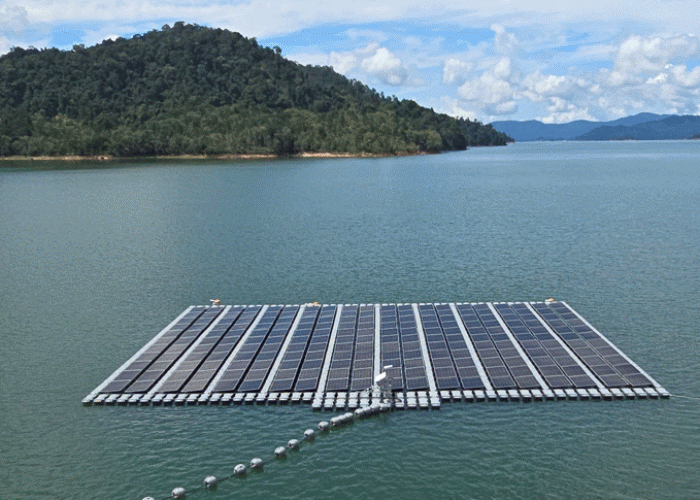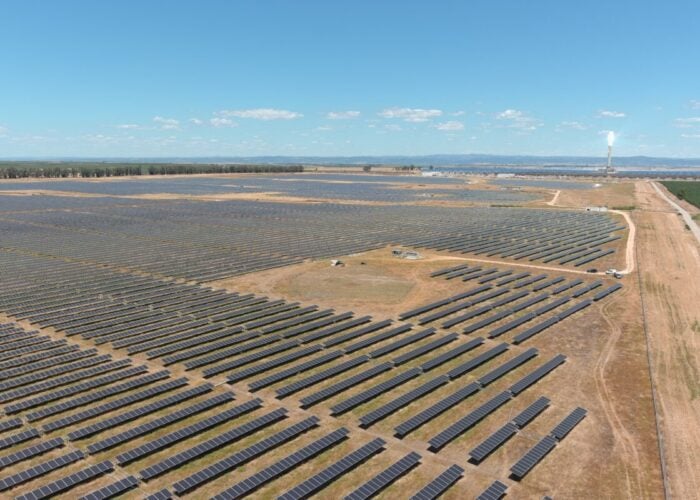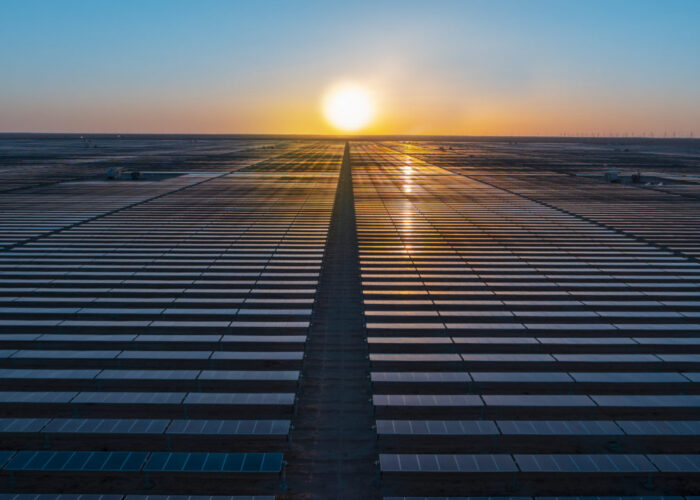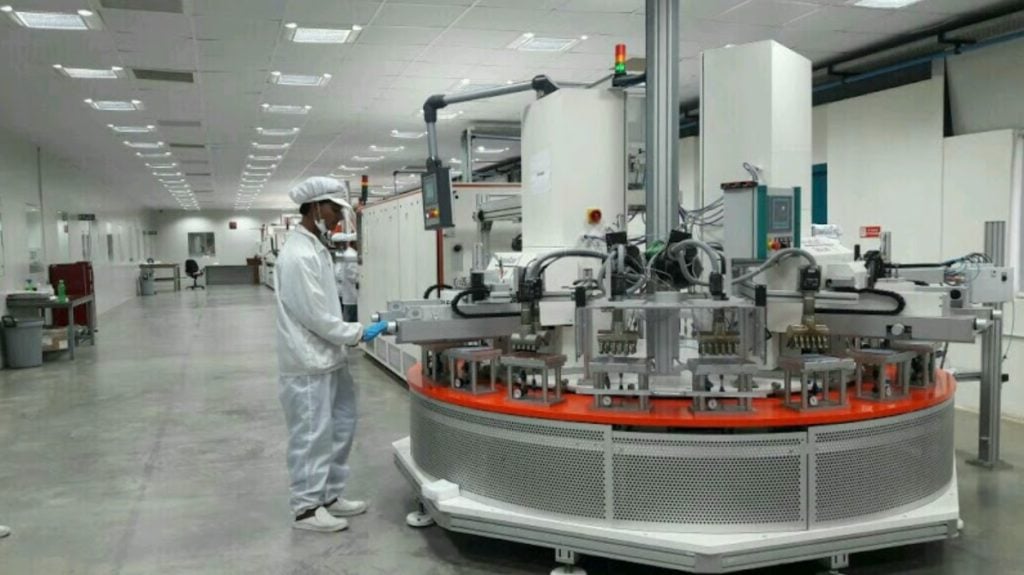
India’s Ministry of New and Renewable Energy (MNRE) will include solar cells in its approved list of models and manufacturers (ALMM) legislation from June 2026.
In a memorandum released this week (9 December), the MNRE confirmed that from 1 June 2026, all solar projects under the ALMM scheme must source both modules and cells from Indian manufacturers approved under List-I and List-II of the legislation, respectively.
Unlock unlimited access for 12 whole months of distinctive global analysis
Photovoltaics International is now included.
- Regular insight and analysis of the industry’s biggest developments
- In-depth interviews with the industry’s leading figures
- Unlimited digital access to the PV Tech Power journal catalogue
- Unlimited digital access to the Photovoltaics International journal catalogue
- Access to more than 1,000 technical papers
- Discounts on Solar Media’s portfolio of events, in-person and virtual
ALMM projects that had submitted their final bids to the MNRE before the memorandum was released on 9 December will be exempt from the ALMM list for cells, regardless of whether they come online by June 2026. Projects under the ALMM yet to submit final bids will be subject to both module and cell requirements, again regardless of whether the project comes online before or after June 2026.
Following 1 June 2026, module manufacturers that previously qualified for the ALMM List-I will have to use domestically produced cells under ALMM List-II, or be at risk of being de-listed. MNRE said it will maintain a separate list of modules from 31 May 2026, which do not require approved ALMM cells to satisfy projects which are grandfathered in under the previous rules.
The MNRE made clear its plans to include cells in the ALMM in September, and in the months since India has seen a wave of cell manufacturing announcements. Solex Energy, Gautam Solar and Avaada Group have all announced multi-gigawatt scale n-type TOPCon cell manufacturing capacity plans in the last three months.
In its memorandum, MNRE said cells had not been included in the initial ALMM “because the installed capacity of solar PV cells in the country was lower than demand.” The expansion in capacity plans has triggered this amendment to the scheme.
Last year, the ALMM for modules was suspended because domestic capacity was not sufficient to meet demand, the same reason cells were not initially included. This contributed to India’s slow utility-scale solar installations in 2023, as shown in the adjacent graph.
The ALMM was reimposed ahead of schedule in April 2024. Research from the Institute for Energy Economics and Financial Analysis (IEEFA) and JMK Research & Analytics showed that India could emerge as a major solar exporter to the US in the second half of this decade as the latter pursues Chinese solar module and cell manufacturers with trade tariffs.
PV Tech Premium examined this shifting supply situation last month.

